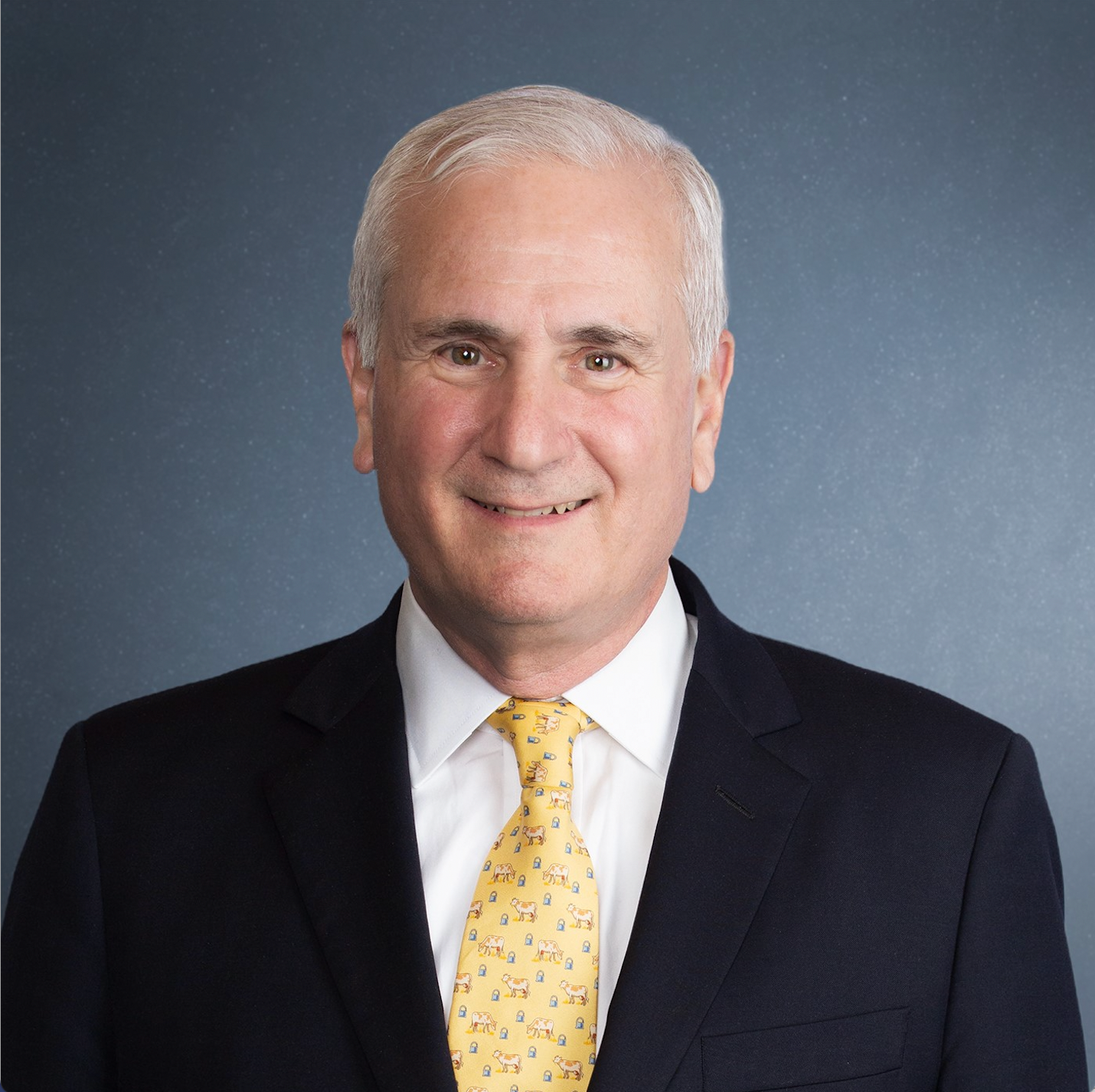Our Price for Not Aiming Higher: Long COVID Is Here to Stay
Guest author Seth Lederman, MD, calls Long COVID "one of the most pressing global health threats I have seen since fighting HIV/AIDS."

As COVID-19 headlines ebb and flow in the United States, the virus keeps charging forward.
Cases and hospitalizations are rising again in most states, and researchers are tracking recombinant Omicron variants and strains like BA.4 and BA.5 that dodge immunity from previous infections. Although the U.S. Centers for Disease Control and Prevention (CDC) reports that most Americans have been infected with COVID-19, Omicron’s dominance has crushed any hope for herd immunity.
And then there is the lost headline of the pandemic: Long COVID could be the biggest public health burden of our lifetimes. Also known as Post-Acute Sequelae of COVID-19 (PASC), Long COVID has afflicted nearly 23 million Americans so far, with symptoms that can last over a year or longer.
At least 30% of people recovering from COVID-19 suffer from this chronic condition, and a recent meta-analysis found a 43% prevalence of Long COVID symptoms among those infected. While often overshadowed by other news, it is one of the most pressing global health threats I have seen since fighting HIV/AIDS.
This is a tough message to deliver as COVID fatigue looms large. But the facts and science call for action that eclipses our recent complacency.
Consider the numbers. CDC data suggest COVID-19 has infected nearly 200 million people in a nation of 330 million. The likelihood of repeat infection is escalating as new variants arise, and reinfections have been detected less than 30 days apart. When you calculate 30% of 200 million, plus 30% of over 60,000 new COVID cases daily, the number of potential Long COVID patients increases alarmingly every day.
As we learn more about its consequences, we know Long COVID disproportionately impacts women and has stricken at least half a million children nationwide. It takes different forms in different people, with two-thirds of patients demonstrating one or more symptoms of multi-site pain, fatigue, sleep disorders, and cognitive issues.
The White House has declared Long COVID a disability under the Americans with Disabilities Act and announced an interagency Long COVID research agenda, and the National Institutes of Health (NIH) has been releasing more Long COVID findings. While these are positive steps, we need urgent measures to stop the proliferation of COVID-19 and Long COVID.
Our first-generation vaccines cannot stop the spread. While mRNA vaccines represent an astounding achievement, we now know this technology offers temporary protection and does not block forward transmission. Plus, we have no definitive evidence that current vaccines defend against Long COVID. These limitations matter because it is entirely possible we will face an more and more waves of progressively more transmissive variants that leave untold Long COVID victims in their wakes.
At the outset of the pandemic, we realized most Long COVID cases looked very similar to fibromyalgia, a condition I’ve researched and treated for 25 years. In our database study of over 50,000 long-haul patients, more than 40% reported fibromyalgia-like multi-site pain. Opioid use was observed in 36% of these patients, with higher use by those with persistent fatigue and insomnia. The findings reinforce the serious physical and mental health implications for a growing underserved patient population in desperate need of safe, effective options for relief and recovery.
As government officials and observers around the world have asserted, we need to aim higher with both vaccines and therapeutics. We can and should do more immediately to slow down COVID variants and disrupt the pernicious climb of Long COVID. We have the scientific and pharmaceutical ingenuity to prevent the spread of COVID-19 and slow the unchallenged surge of long-haul cases. It is time to mobilize those capabilities.
While Congress has enacted laws providing billions of dollars to address COVID-19, we’re not seeing a viable plan to combat a seemingly endless stream of variants and Long COVID cases. Three years into this battle, government-funded research agendas are welcome, but are not enough. We should be using federal funds and additional resources to accelerate the delivery of advanced Long COVID therapeutics, and better vaccines to protect against the virus in the first place.
Our country is not prepared for the short- or long-term consequences of Long COVID unchecked. This is a crisis of profound magnitude that demands swift and decisive action. We must be relentless until we have a next generation of vaccines and treatments to confront and defeat COVID-19 and Long COVID.
